Have you ever watched a cat’s world turn upside down over the tiniest change? Maybe a new piece of furniture, a different feeding time, or even a vacation that left your kitty home with a sitter. Cats thrive on predictability, and when their routine is shaken—even just a little—it can send them into a tailspin of stress and confusion. If you’re a cat lover, there’s something heartbreakingly endearing about their devotion to the ordinary. But with a little patience, gentle guidance, and a sprinkle of feline wisdom, you can help your beloved furball find their balance again. Let’s dive into the art of healing your cat’s heart and mind after life throws them a curveball.
Understanding Why Cats Crave Routine

Cats are creatures of habit, and for good reason. Their wild ancestors depended on predictability for survival—knowing when and where to hunt, sleep, and stay safe. Modern house cats have inherited this deep-rooted need for routine. When their world suddenly changes, even in small ways, it can feel like a threat. This is why you might notice your cat hiding, refusing to eat, or acting out when their daily rhythm is disturbed. Recognizing that this isn’t your cat being “difficult,” but instead a natural survival instinct, is the first step towards helping them heal. Cats aren’t just being fussy; they’re trying to feel safe again.
Spotting Signs of Routine Disruption

Not all cats react to change in the same way, but there are common warning signs you can watch for. Some cats become withdrawn, spending more time hiding under the bed or in a closet. Others may vocalize more, as if they’re trying to tell you something is wrong. You might see changes in appetite, like eating less or suddenly overeating. Litter box habits can also shift, sometimes leading to accidents outside the box. Aggression or sudden bursts of energy can be a response to stress too. It’s important to pay attention to these signals—your cat is communicating their discomfort the only way they know how.
Creating a Safe and Familiar Space
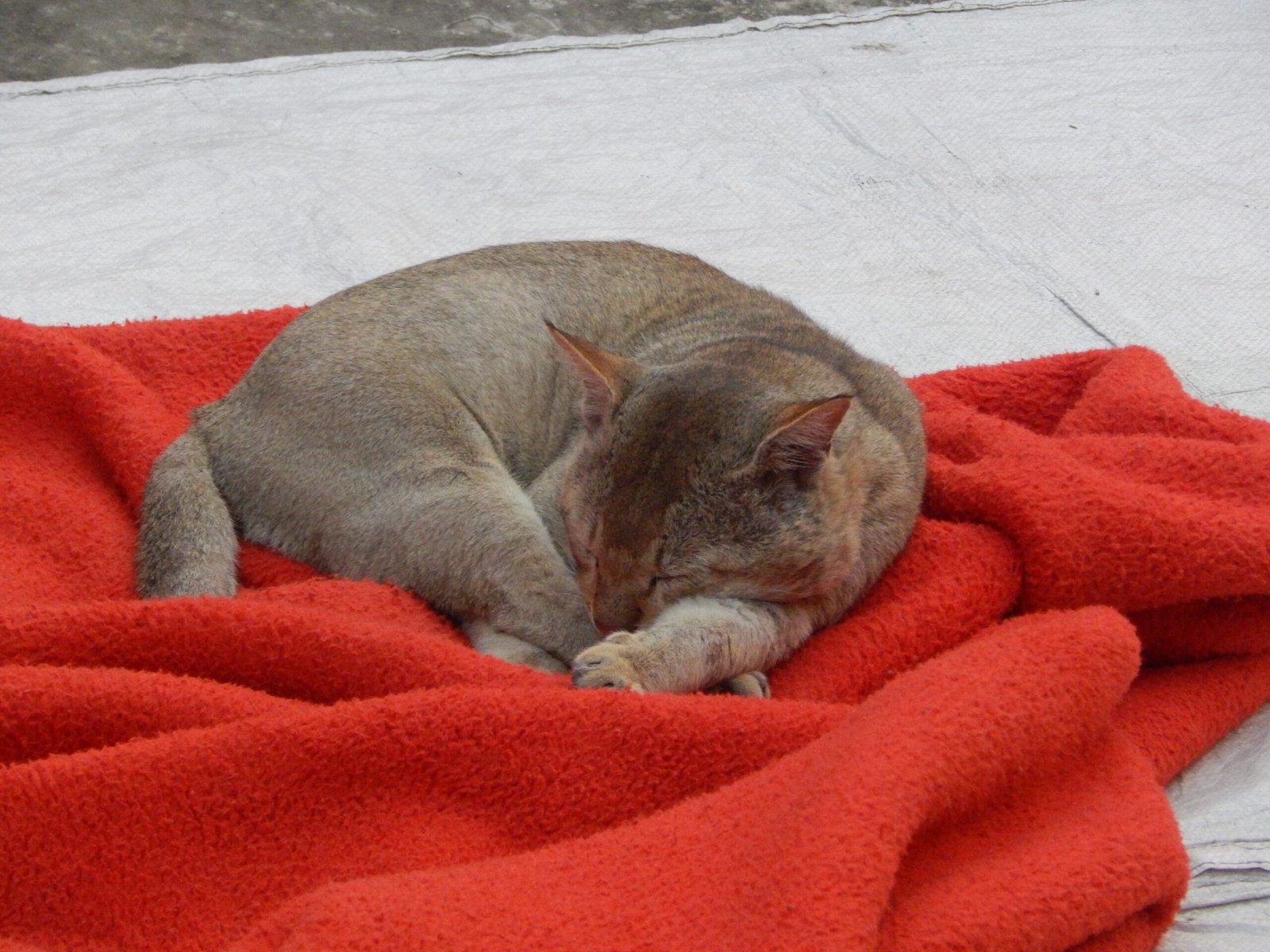
When life gets unpredictable, giving your cat a safe haven can work wonders. Set up a cozy spot in a quiet corner, away from noise and foot traffic. Use their favorite blanket or bed, and include toys or items that carry your scent. This little “cat sanctuary” can be a comforting retreat. If possible, keep their essentials—like food, water, and litter box—in consistent locations. Cats take comfort in the familiar, so don’t move things around if you don’t have to. If you’ve just moved or made big changes at home, try to recreate their old setup as closely as you can.
Sticking to a Predictable Feeding Schedule

Meal times are more than just a chance for your cat to eat—they’re anchors in your cat’s day. Try to feed your cat at the same times each morning and evening, even if everything else feels chaotic. If you need to change feeding times due to a new job or schedule, adjust in small increments. Cats appreciate gradual change much more than sudden shifts. You might even find that keeping a simple routine, like playing for a few minutes before meals or always giving a treat after dinner, can help ground your cat’s day.
Reintroducing Playtime and Enrichment

One of the quickest ways to help a stressed cat is through play. When you play with your cat, you’re not just giving them exercise—you’re reminding them that life can still be joyful and safe. Use favorite toys, like feather wands or jingly balls, to encourage movement and curiosity. Try to set aside a few minutes at the same time each day for play, building a new routine your cat can count on. If your cat is too anxious for energetic play, gentle activities like brushing or quiet lap time can be just as soothing. The goal is to reconnect through positive, predictable moments.
Minimizing New Stressors in the Environment

If you’ve just moved, added a new family member, or brought home another pet, these changes can make healing even tougher for your cat. Try to introduce new elements slowly, at your cat’s pace. Use baby gates, closed doors, or gradual introductions to reduce overwhelm. Keep loud noises to a minimum and avoid rearranging furniture unless absolutely necessary. Even small efforts, like using a soft voice or dimming the lights, can help your cat feel less threatened by their changed surroundings.
Using Calming Aids and Pheromones

Sometimes, a little extra help is needed. Calming sprays and diffusers that mimic feline pheromones can help create a sense of security. These products are designed to remind cats of safe, comforting environments—like the scent of their mother. You can also try calming treats or supplements, but it’s smart to talk with your vet first. Not every cat will respond the same way, but for many, these gentle aids can make a world of difference during times of upheaval.
Maintaining Your Own Calm and Consistency

Cats are incredibly perceptive—they pick up on your mood and energy more than you might realize. If you’re anxious or frazzled, your cat will often mirror those emotions. Try to keep your tone gentle and your movements slow around your cat. Sticking to your own routines can also help reassure your kitty that life is still under control. Think of yourself as your cat’s emotional anchor; your calm presence can help them find their own sense of peace again.
Allowing Time for Adjustment
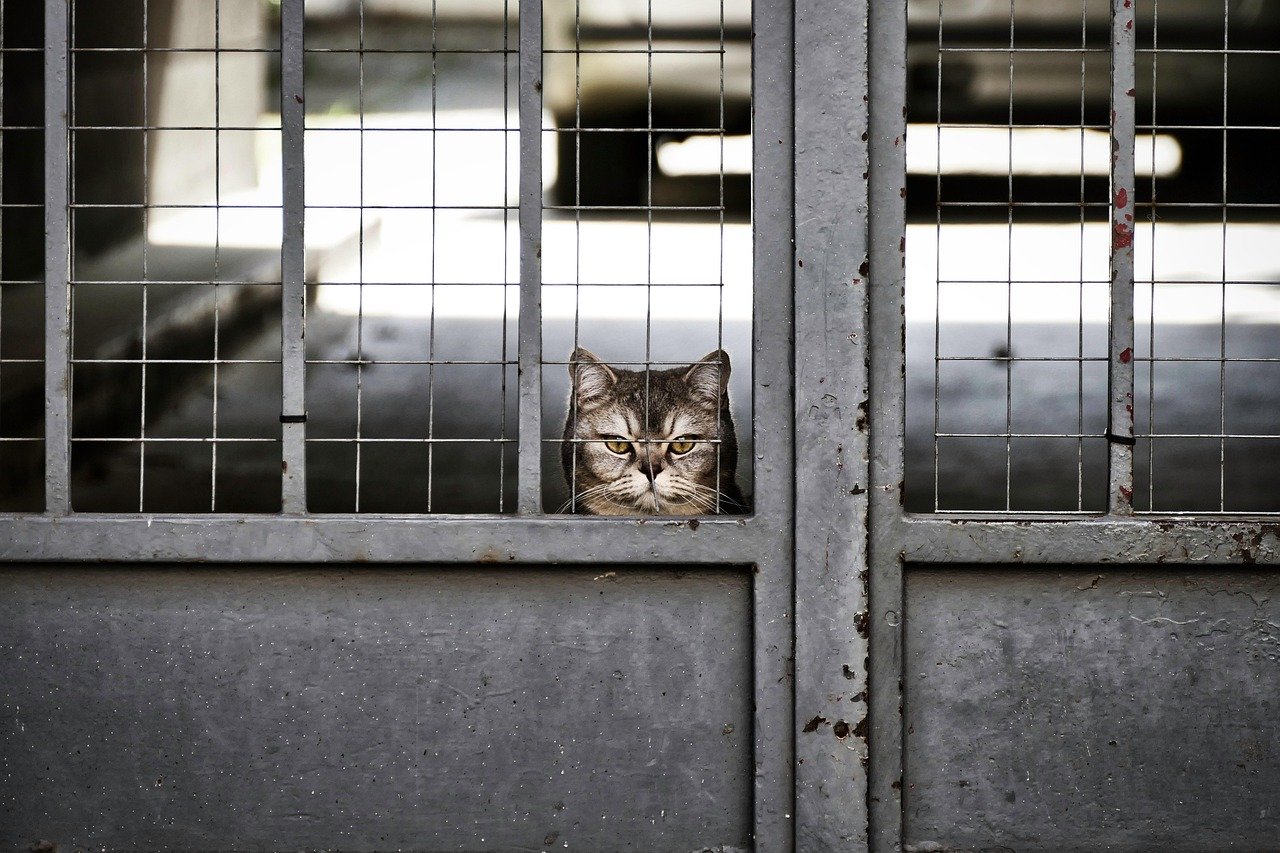
Healing from a disrupted routine isn’t instant. Give your cat plenty of time to adapt, and don’t rush the process. Some cats bounce back in a few days, while others might need weeks or even longer. Celebrate small victories—like coming out from hiding or showing interest in food again. Be patient and forgiving if setbacks happen. Just as people need time to adjust to change, so do our feline friends.
When to Seek Veterinary Help

Routine disruptions can sometimes cause real health problems for cats, especially if they stop eating or seem lethargic. If your cat refuses food or water for more than 24 hours, has accidents outside the litter box, or shows signs of illness, it’s time to call your vet. Medical issues like urinary tract infections or digestive problems can sometimes look like stress, so don’t take chances. A quick visit can rule out anything serious and put your mind at ease.
Reintroducing Old Routines Step by Step

If you’ve been away or something big has changed, try to bring back old routines in small steps. Start with familiar feeding times, then add in regular play sessions or grooming rituals. Watch your cat’s reactions closely; if they seem overwhelmed, slow down the pace. Each piece of normalcy you reintroduce is like a stepping stone back to comfort and security. Remember, even the smallest routines—like opening the curtains at the same time each day—can be powerful signals that life is returning to normal.
Encouraging Gentle Socialization

Some cats become clingy after a disruption, while others withdraw. Respect your cat’s need for space, but also gently encourage positive social interactions. Sit quietly near your cat, talk in a soft voice, and offer treats as a sign of goodwill. If your cat is hiding, let them come to you when they’re ready. Avoid forcing cuddles or play, but be present and available. With time, your cat will likely seek out your company again, reassured by your patient support.
Monitoring for Lingering Anxiety
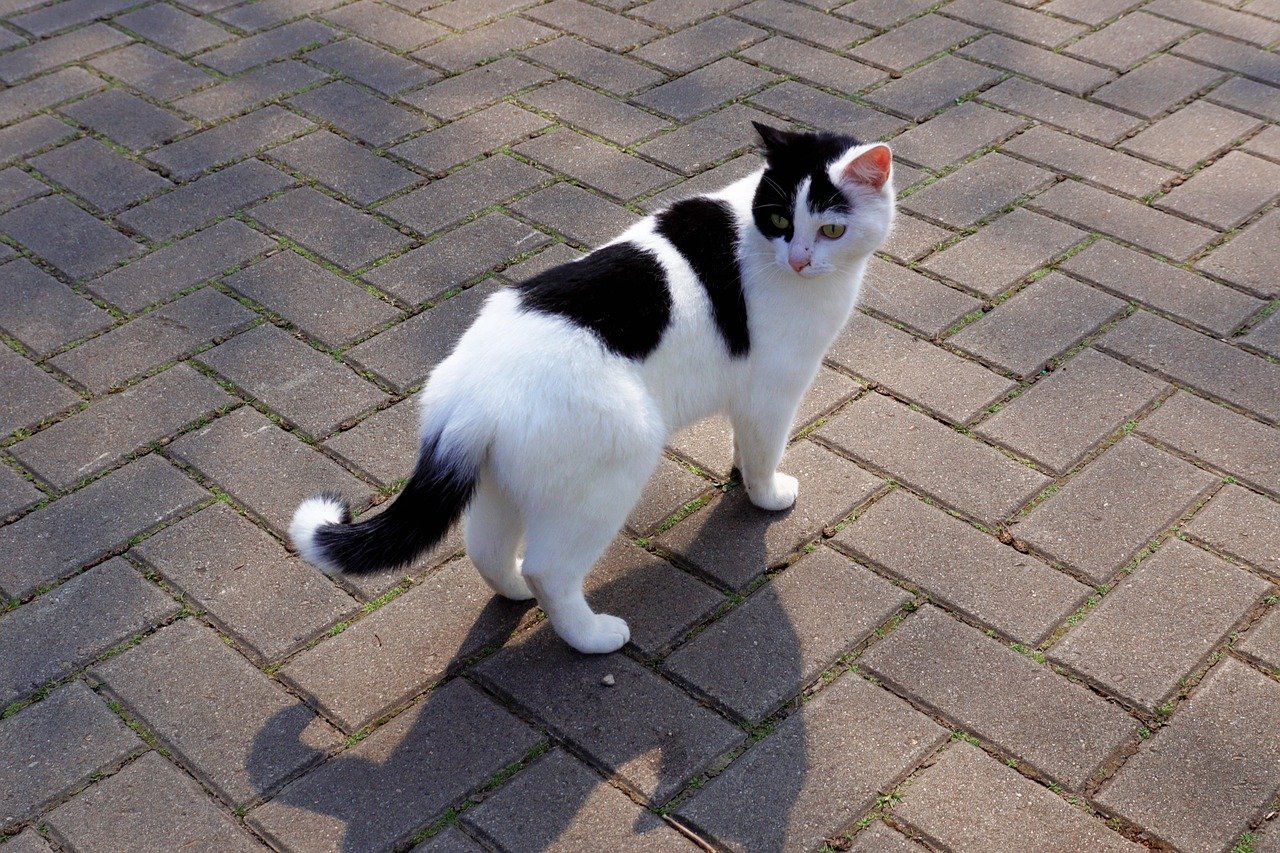
Even after routines are restored, some cats can develop ongoing anxiety. Watch for signs like excessive grooming, hiding, or sudden aggression. These behaviors suggest your cat is still struggling to adjust. Sometimes, professional help from a feline behaviorist is needed for lingering stress. Keep a journal of your cat’s behaviors and share it with your vet if you notice persistent issues. Early intervention can prevent mild anxiety from turning into a long-term problem.
Providing Plenty of Hiding Spots
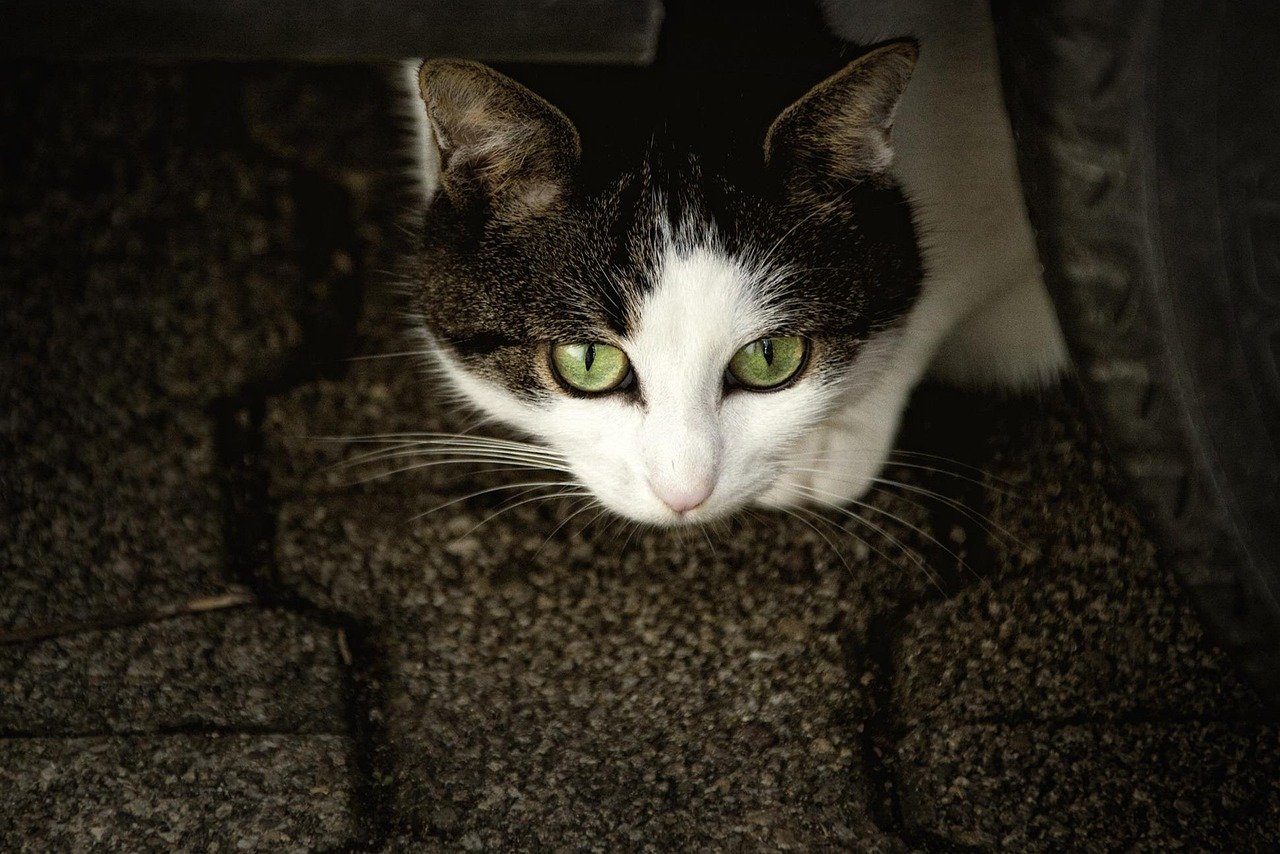
Cats feel safest when they have control over their environment. Offer multiple hiding places—like boxes, covered beds, or cat trees with enclosed spaces. These private spots allow your cat to retreat whenever life gets overwhelming. You don’t need fancy equipment; a simple cardboard box with a soft towel can become your cat’s favorite refuge. Hiding is a natural coping mechanism, not a sign of failure, so let your cat use these spaces as much as they need.
Using Routine-Building Tools and Apps

In today’s digital world, there are plenty of apps and tools to help you stick to routines. Set reminders for feeding, playtime, and medication if needed. Some cat owners use automatic feeders or treat-dispensing toys to add structure to their cat’s day, especially when they’re away from home. Experiment with what works best for you and your cat—consistency is more important than the specific tool you use. The goal is to make life feel predictable and manageable, for both you and your furry friend.
Communicating Through Scent and Touch
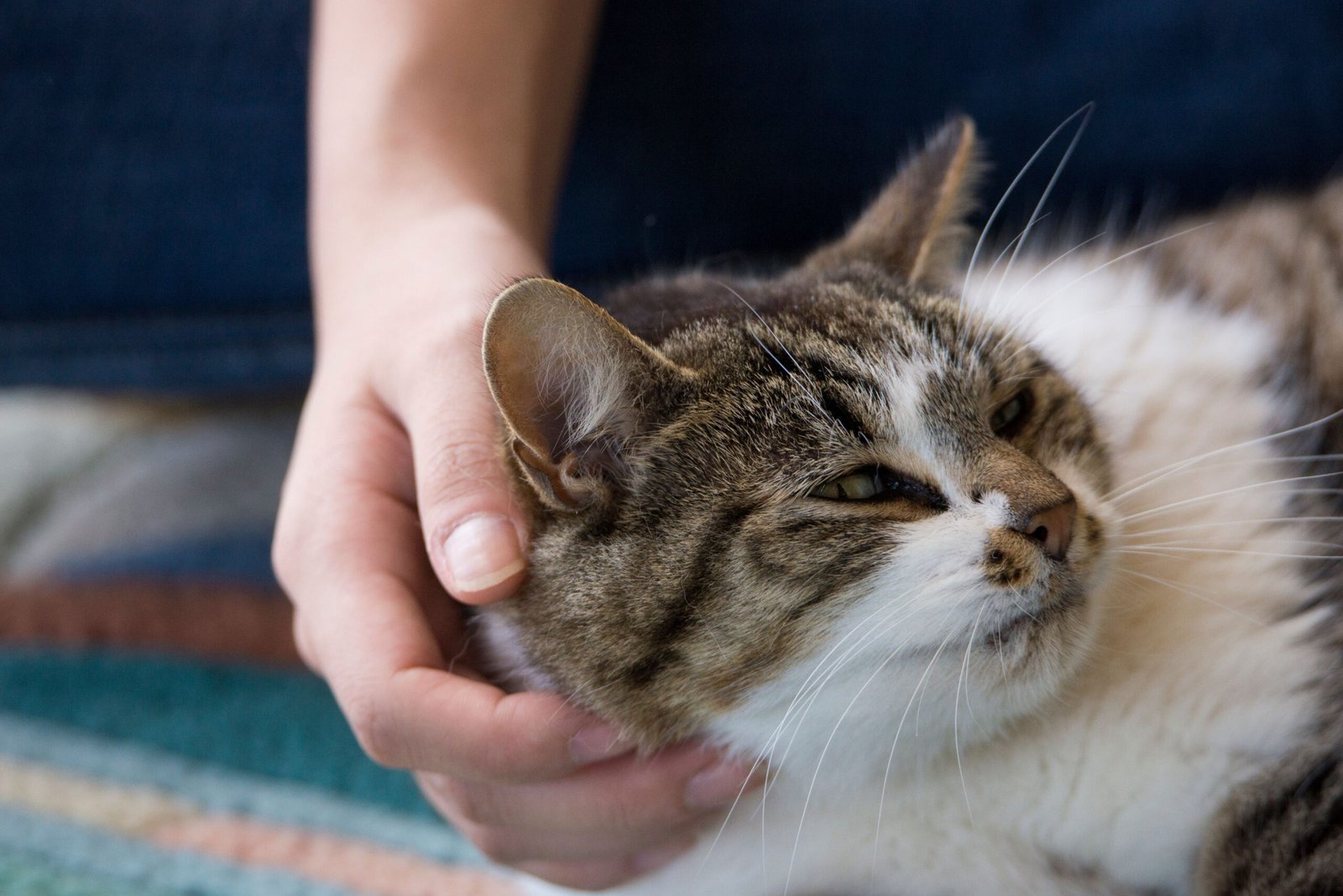
Cats rely heavily on scent to understand their world. Try rubbing a soft cloth on your cat’s cheeks, then gently wipe it on furniture or new items in your home. This spreads your cat’s familiar scent, making their environment feel safer. Gentle petting or brushing can also strengthen your bond and help your cat relax. Pay attention to your cat’s body language; if they lean into your touch, keep going, but if they pull away, give them space.
Listening to Your Cat’s Unique Personality

Every cat is different—some are naturally more adaptable, while others are sensitive to the slightest change. Get to know your cat’s quirks and preferences. Maybe your cat loves window watching, or maybe they find comfort in a favorite toy. Tailor your approach to fit your cat’s personality, not just general advice. Trust your instincts; you know your cat better than anyone else.
Celebrating Small Moments of Progress
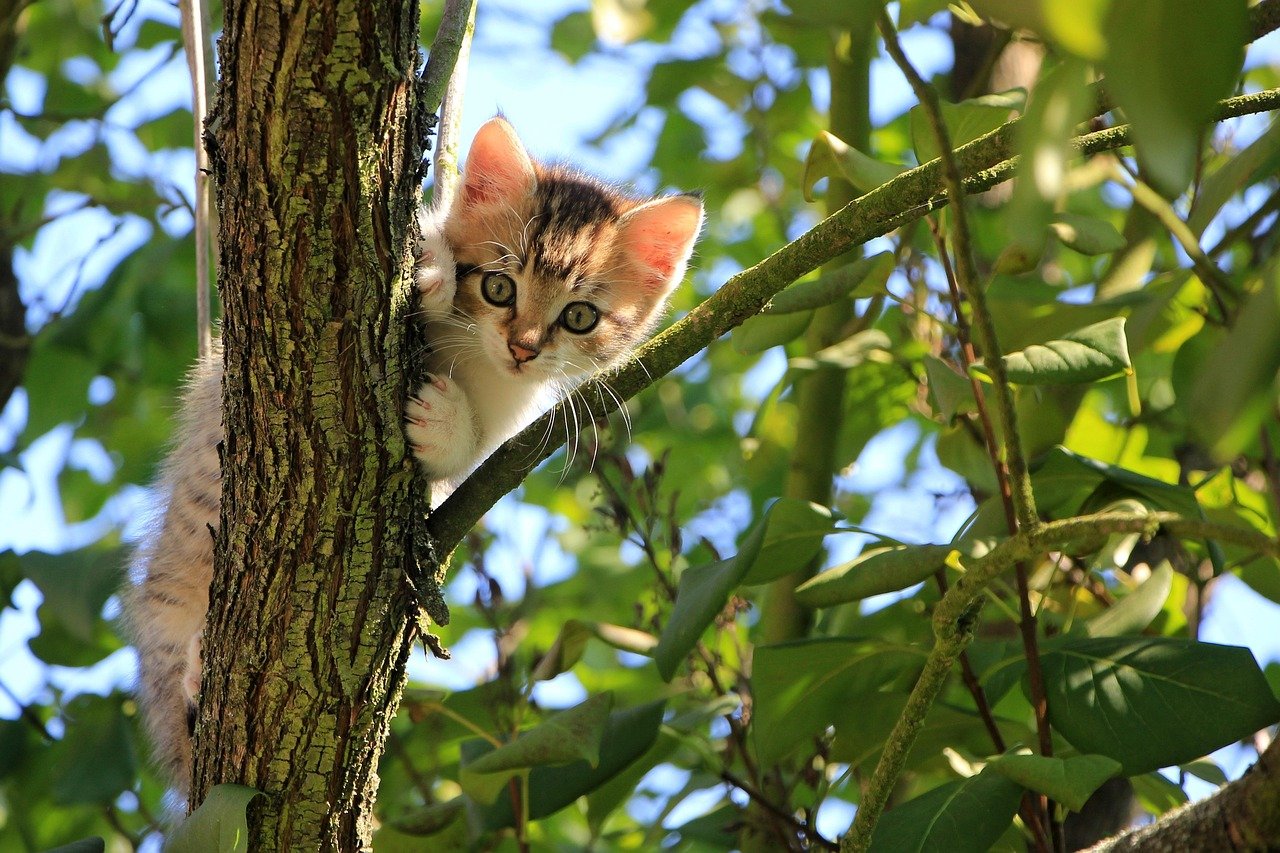
It’s easy to get discouraged when your cat seems stuck in a rut, but celebrate every step forward. Did your shy cat peek out from their hideaway? Did they purr when you offered a treat? These little victories mean your cat is healing. Mark them mentally, or even keep a photo journal to look back on later. Progress is rarely linear, but every positive moment is a sign that your efforts are working.
Supporting Senior Cats Through Change
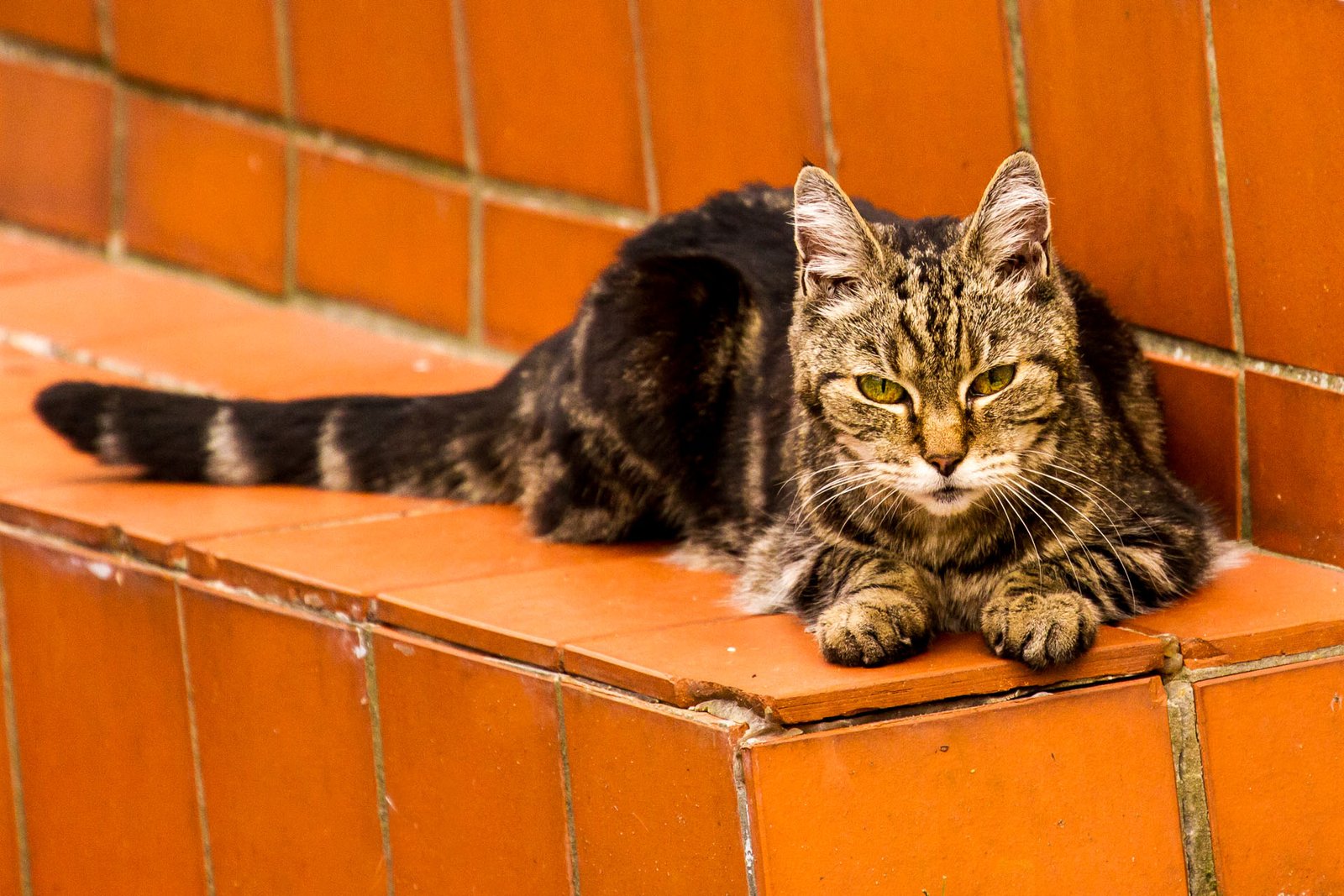
Older cats often have an even harder time adjusting to disruptions. Their senses may not be as sharp, and arthritis or other health issues can make change feel extra daunting. Be especially gentle with senior cats—keep their environment simple and easy to navigate. Offer ramps or steps if needed, and avoid moving their essentials. Senior cats may benefit from extra vet checkups during times of stress, just to be sure nothing else is going on.
Involving the Whole Family

If you share your home with others, make sure everyone is on board with the plan to help your cat heal. Teach kids to approach gently and respect your cat’s space. Ask visitors to move slowly and avoid loud noises. The more consistent everyone is, the faster your cat will feel secure again. Sometimes, a family meeting about “cat rules” during stressful times is all it takes to get everyone on the same page.
Looking Forward With Hope and Patience

Helping a cat heal from routine disruption is a true labor of love. It takes patience, empathy, and a willingness to see the world through your cat’s eyes. Changes will always be part of life, but with your support, your cat can learn to trust that everything will be okay—even when the furniture moves or dinner is a little late. Healing is a journey, not a destination, and every day is a small step closer to comfort and happiness for your beloved feline companion.
Hi, I’m Bola, a passionate writer and creative strategist with a knack for crafting compelling content that educates, inspires, and connects. Over the years, I’ve honed my skills across various writing fields, including content creation, copywriting, online course development, and video scriptwriting.
When I’m not at my desk, you’ll find me exploring new ideas, reading books, or brainstorming creative ways to solve challenges. I believe that words have the power to transform, and I’m here to help you leverage that power for success.
Thanks for stopping by, Keep coming to this website to checkout new articles form me. You’d always love it!






